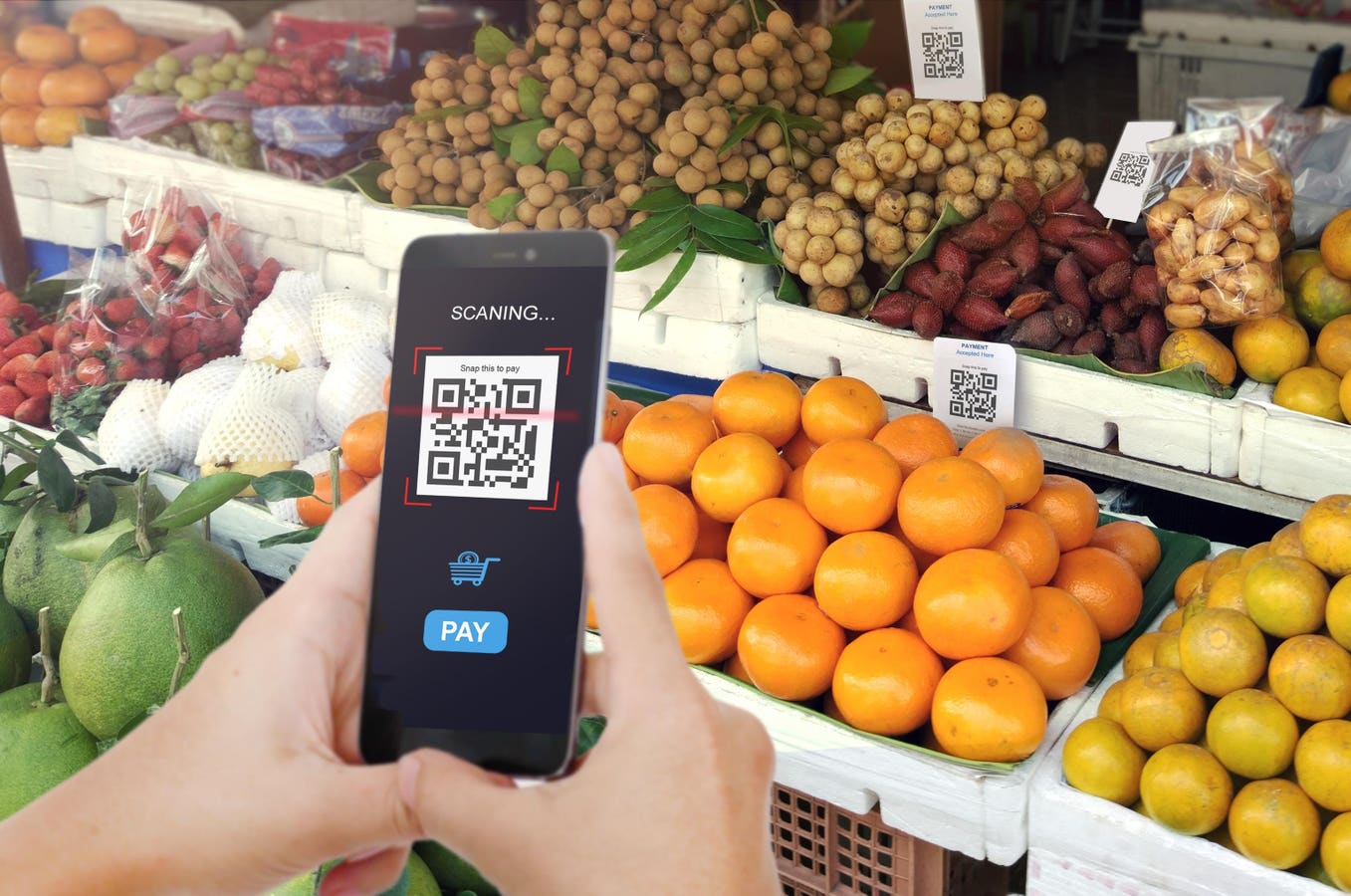By 2026, Walmart employees will be able to change product price tags, up or down, across all of its 2,300 stores in mere minutes, shaving nearly 48 hours off of the task.
Should Walmart shoppers be worried?
The mass merchant is among several retailers, including Whole Foods, Kohl’s and Kroger, to replace traditional price stickers on store shelves with small-screen electronic labels that can be updated remotely. These retailers and industry experts expect the technology to be a major labor saver and, therefore, money saver, which could result in more consistent pricing and better service.
But not all are convinced digital shelf label (DSL) technology will benefit value-minded customers. Among concerns, lawmakers and some consumers suspect it could lead to surge pricing, when prices escalate in real time during periods of high demand (think Uber in a snowstorm or after a concert when everyone is trying to snag one).
Retailers and consumers should proceed mindfully: A 2023 survey by Capterra found that 52% of U.S. consumers equate this “dynamic” pricing with gouging; 34%, however, believe it’s good for them.
This suggests mutually beneficial opportunities do exist.
Who’s Using Digital Pricing And Why
Walmart is the latest of several major chains to install DLS systems. The supermarket chain Kroger started testing the technology in 2018 and has since rolled it out to hundreds of stores, according to The Street. Kohl’s has been using it since 2015, PBS states. And Schnucks, a Midwest grocery chain, explains its digital pricing system on its website. (In Europe, digital labels are fairly common.)
The tech is designed to save retailers money primarily by improving efficiency. According to Walmart, a store associate can change product prices across the store in just minutes via DSLs, while under the existing sticker system, it can take two days. Employees could change prices every 10 seconds, according to a report in National Public Radio.
Why the rush? For starters, inventory control. Workers can more promptly identify and discount products approaching their expiration dates to make room for fresh goods, and they can enact weekly sales prices almost immediately. When temperatures climb or drop, so can the prices of ice cream bars or mittens.
With electronic labeling, employees no longer have to walk around the store to manually change prices by hand, Walmart stated in a press release. (For context, Walmart stores stock more than 120,000 products, and employees update thousands of prices weekly.)
The tag-scanning technology also enables workers to easily locate categories that require restocking and the products needed for online orders, speeding up fulfillment and reducing order errors.
Who’s Worried About Digital Pricing And Why
Ideally, store employees can use the saved time to perform other tasks, such as tending to customers. In short: enhanced productivity and customer experiences. Walmart and other retailers also can use the savings toward more competitive pay for workers.
Or, some fear, retailers can cut employee hours.
All of which leads to the question: Will these cost-saving advantages outweigh the benefits for customers? If Walmart can change prices every 10 seconds, it’s reasonable for customers to wonder if the price on the shelf will change by the time they get to the register. Or if a product will cost more if they don’t use the retailer’s app.
Consumer advocates and lawmakers are wary the technology will lead to dynamic pricing. In August, U.S. Senators Elizabeth Warren, D-Mass., and Bob Casey, D-Pa., sent Kroger CEO Rodney McMullen a letter asking how the company planned to use its electronic pricing system.
“Widespread adoption of digital price tags appears poised to enable large grocery stores to squeeze consumers to increase profits,” the letter states.
4 Ways Digital Pricing Can Benefit Shoppers And Retailers Alike
In the context of record price inflation and consumer perceptions that food sellers already over-charge them for the sake of profit, these misgivings carry weight.
The following practices, which digital shelf labels make possible, could offset such concerns.
Use labels to access product information. Among the promises of electronic pricing technology is that retailers can program the tags to provide the story behind the product when customers scan them. These details can include ingredients, employee fair practices, sustainability and dietary factors, including allergies. If the shopper wants to know if Twinkies are vegan-friendly, for example, a quick scan should provide the answer (they’re not, nor are they vegetarian). Nearly 80% of consumers are more likely to purchase products that offer information via scannable codes, according to a 2024 survey by GS1 US, the non-profit administrator of the Universal Bar Code.
Reduce confusion over multi-channel price inconsistency. It’s vexing to visit a specific store to buy something based on its online price and then find that it’s $5 more on the shelf. Retailers typically accept the lower price, but the request takes time and can leave a negative impression. Walmart, in fact, specifies on its online FAQ page that the merchandise and prices on its website do not reflect the merchandise and prices available in its stores. “Currently, we do not have access to store inventory lists or price lists on this website.” Electronic shelf tags can make it easier for brick stores to keep up with prices as they change online.
Collect more productive consumer insights. Every time a customer scans and interacts with a digital shelf label, the retailer can learn a little more about how to remain relevant to that shopper. Real-time data could include the type of information the customer seeks (sustainable), the days and times a shopper makes quick stops versus big trips and whether the customer purchases or passes on an item. However, retailers should be cautious of entering the creepy zone. Facial-recognition technology that can scan a customer’s face and deliver personalized ads based on age and features is a concern, The Street reports.
Deliver more “you get me” customer rewards. When a retailer incorporates the above insights into its loyalty program memberships, which customers opt in to, it can use them to design a rewards structure more finely tailored to individual member preferences. This can go beyond merely getting discounts and coupons right (I don’t have a cat. Why are you offering me $1 off cat food?). The insights can help a retailer determine if the shopper prefers $1-off coupons or “buy one, get one free” offers. Suggestion: while reward program members understand their data is being collected, they deserve easy-access disclosure of how the company uses their data.
Let’s Limit Digital Pricing Missteps
With Walmart, Kroger, Whole Foods and other retailers implementing electronic shelf pricing, most consumers can expect to encounter them. It’s up to retailers to ensure a positive encounter. It’s up to shoppers, as well.
Other retailers will likely follow, after all, and consumer feedback will inform their approach. It can take minutes to change product prices across a store; it also can take minutes to be heard.
Read the full article here





